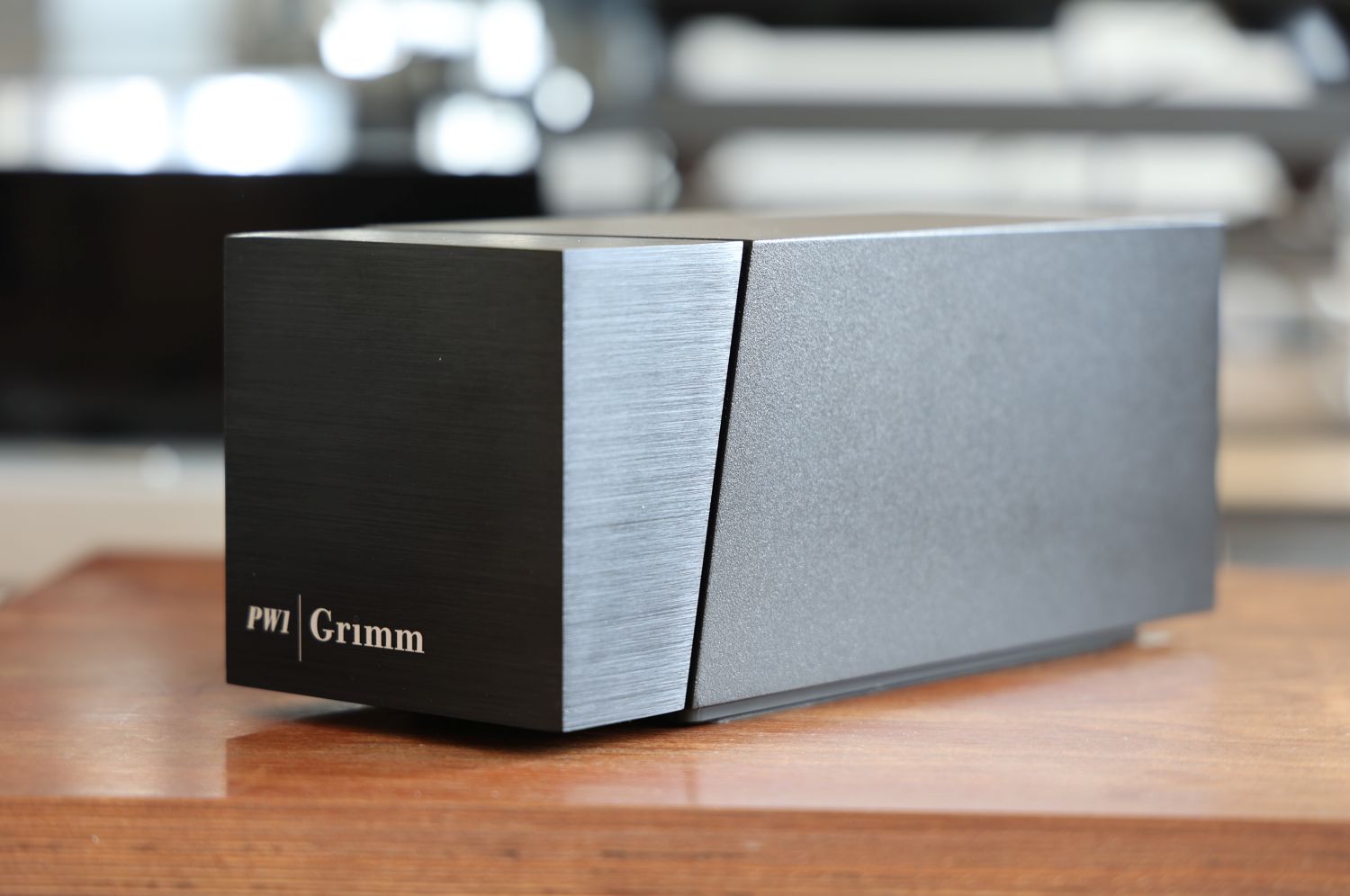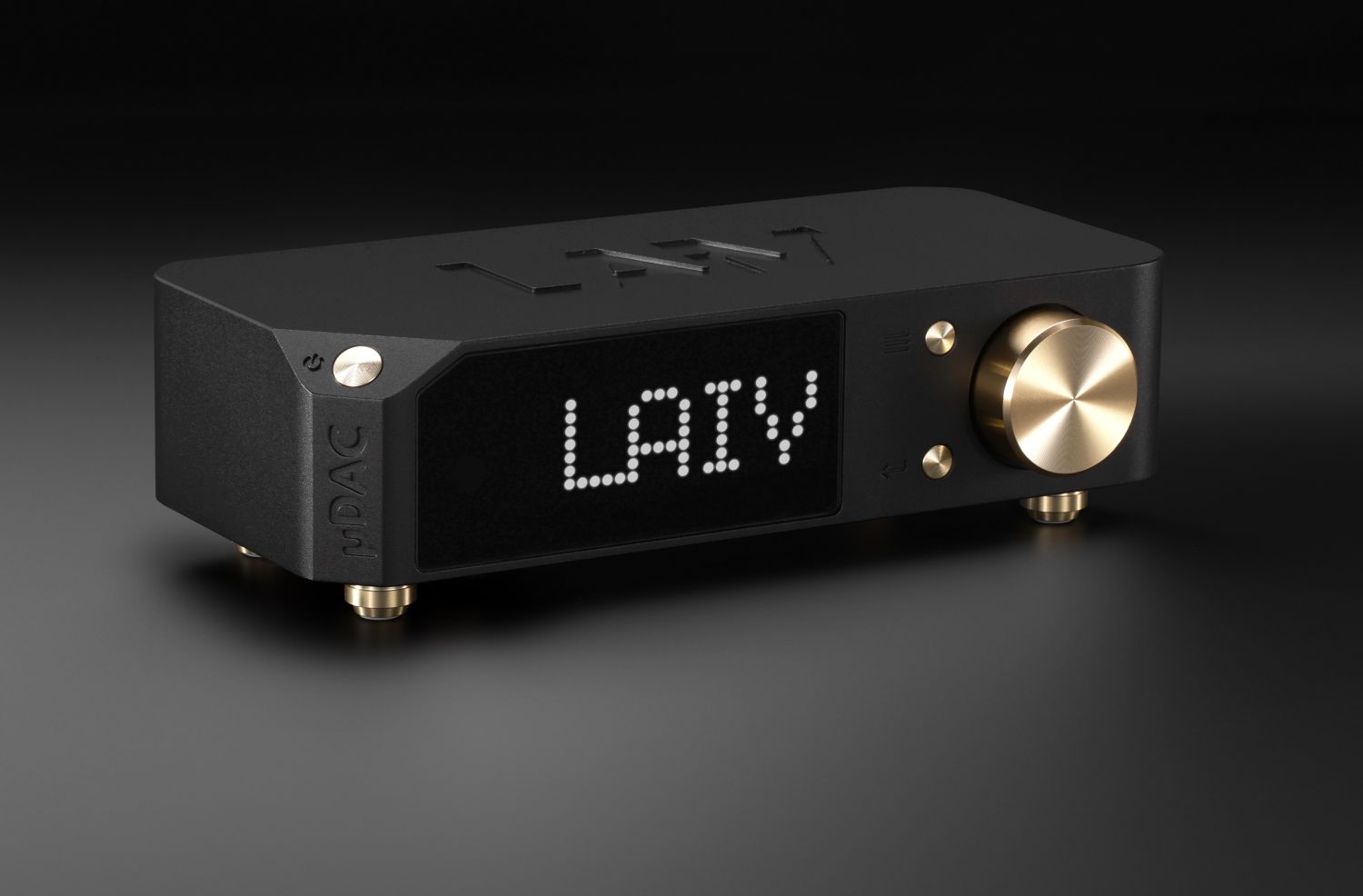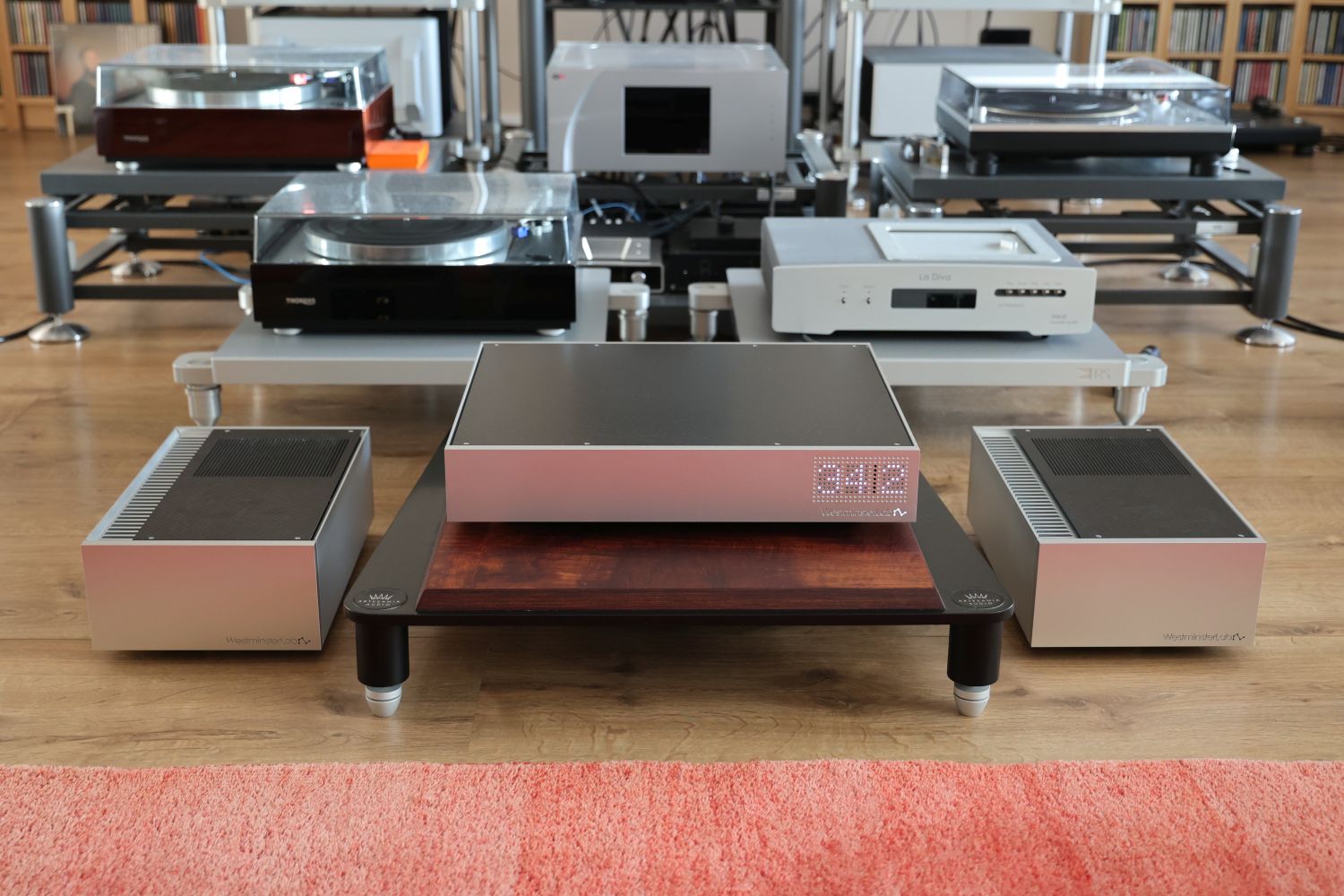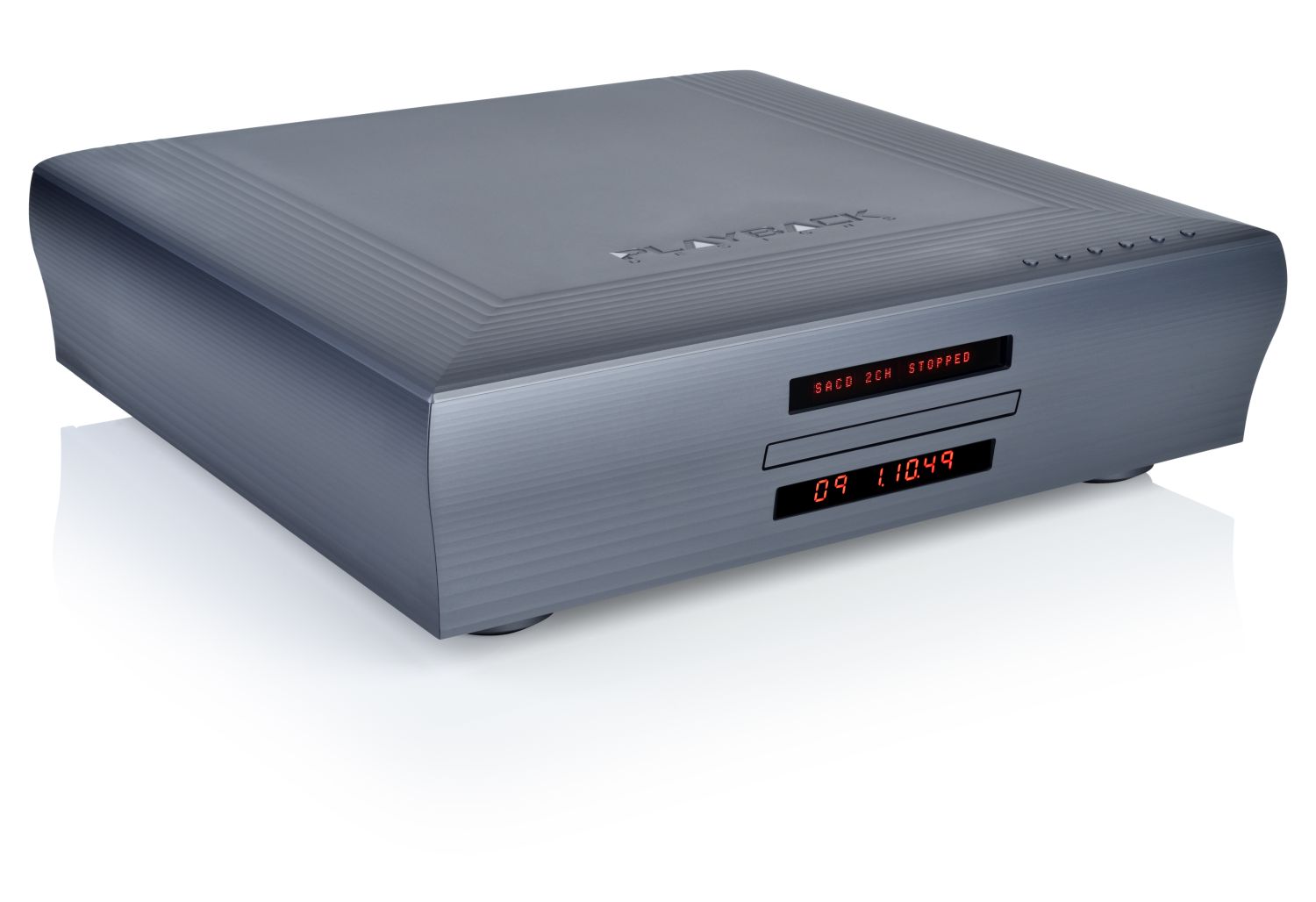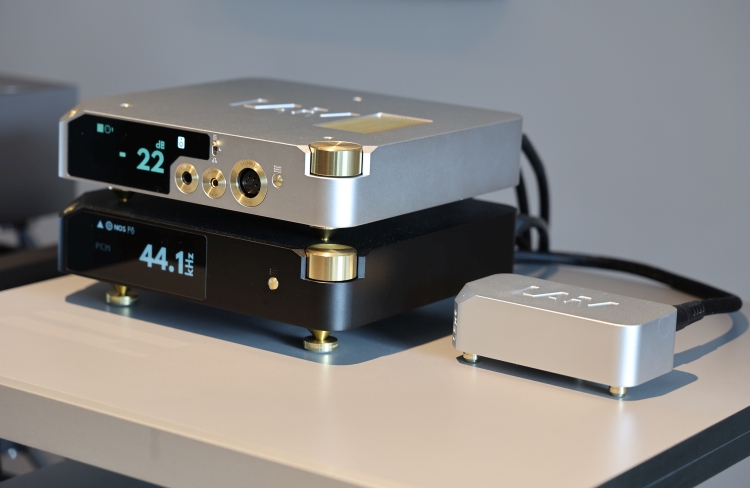COS D10 DAC, preamp, and network player
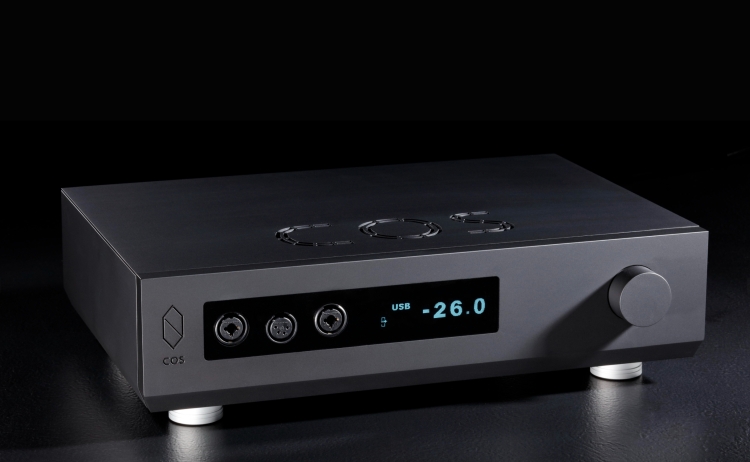
Digital Inputs compared
Sometimes a component’s digital inputs (or outputs) can sound quite different from one another. But using two Jorma digital cables (one BNC-BNC and one AES-AES) and switching between them using the same source component, either the Antipodes K50 or the Aqua LinQ, I can confirm that the D10’s AES/EBU and BNC inputs perform absolutely uniformly. All that I can hear are the always present and very small format-induced differences, where the BNC cable sounds ever so slightly leaner and tighter than the AES/EBU cable that sounds slightly fuller. Which of the two is preferred is an entirely personal matter but with a difference so small, one might as well not pay attention to it and use whichever cable or input is most convenient.
USB is a topic that I have written a lot about on this site. I won’t repeat it all here but what it comes down to is that the format’s performance is highly reliant on the quality of the interfaces on both ends. As a result, the format can sound wonderful (as it should, given its specs and usually asynchronous nature) but all the same, it can also sound over-technical, boxed-in, and stilted. Well, I’m happy to report that the D10’s USB input sounds remarkably good! When using the Antipodes K50 with Roon and comparing AES/EBU to USB, the latter actually sounds even more spritely and communicative. Granted, as is usually the case, USB also sounds more controlled and less organic, and less free-flowing than the traditional outputs but in this case, I’d really say it’s a matter of taste, not of quality. In any case, I always advocate the presence of various inputs and outputs, just as the D10 offers them because that allows the end-user to pick whichever connection sounds best.
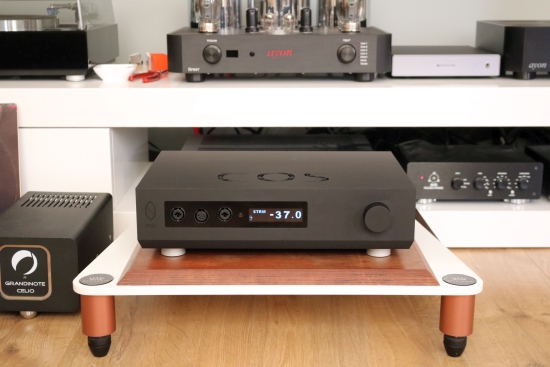
Conclusion
Function after function, the D10 has surprised me with consistently fantastic performance. Either used as a pure analog preamp, a DAC + preamp, or a streamer + DAC + preamp, the D10 simply always aims to retrieve the maximum amount of information from any source.
Without exception, the D10 presents sources with immense transparency and resolution, strong pacing, and unbridled enthusiasm. It offers highly focused precision, expression, and fine delicacy in equal measure.
One thing the D10 is not is romantic. Or at least not when this is not in the recordings. It simply does not overlay any richness, smoothness, or color of its own. Indeed, with its immense sense of control and focus, I would place it halfway on the analytical side of the scale, with a presentation that is less lush, warm, or spacious than some competitors. However, in spite of its highly precise delivery, I find that it consistently puts the music first. Not once over the course of reviewing the D10 did I feel the urge to switch it off or to switch to another source component. Clearly, this is not a case of precision at the cost of soul or emotion but rather a very happy marriage.

External Links
Distributor for the Benelux: hexagonaudio
Manufacturer’s website: COS Engineering
